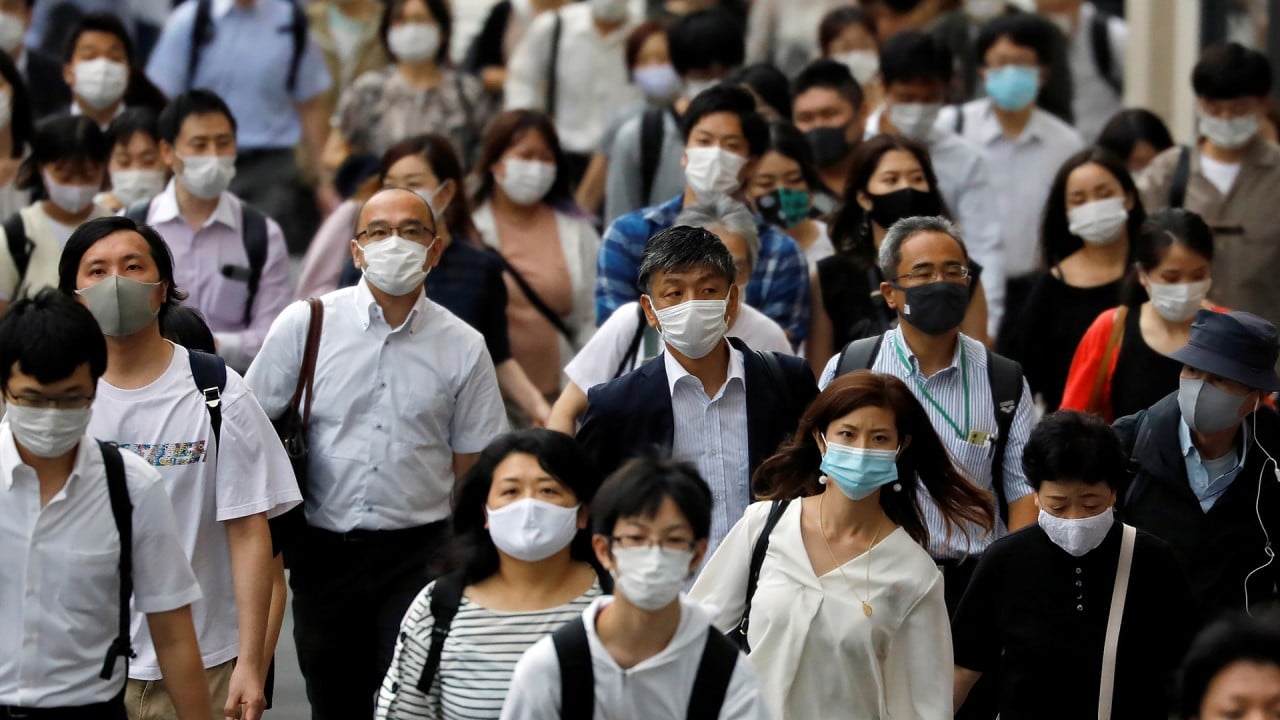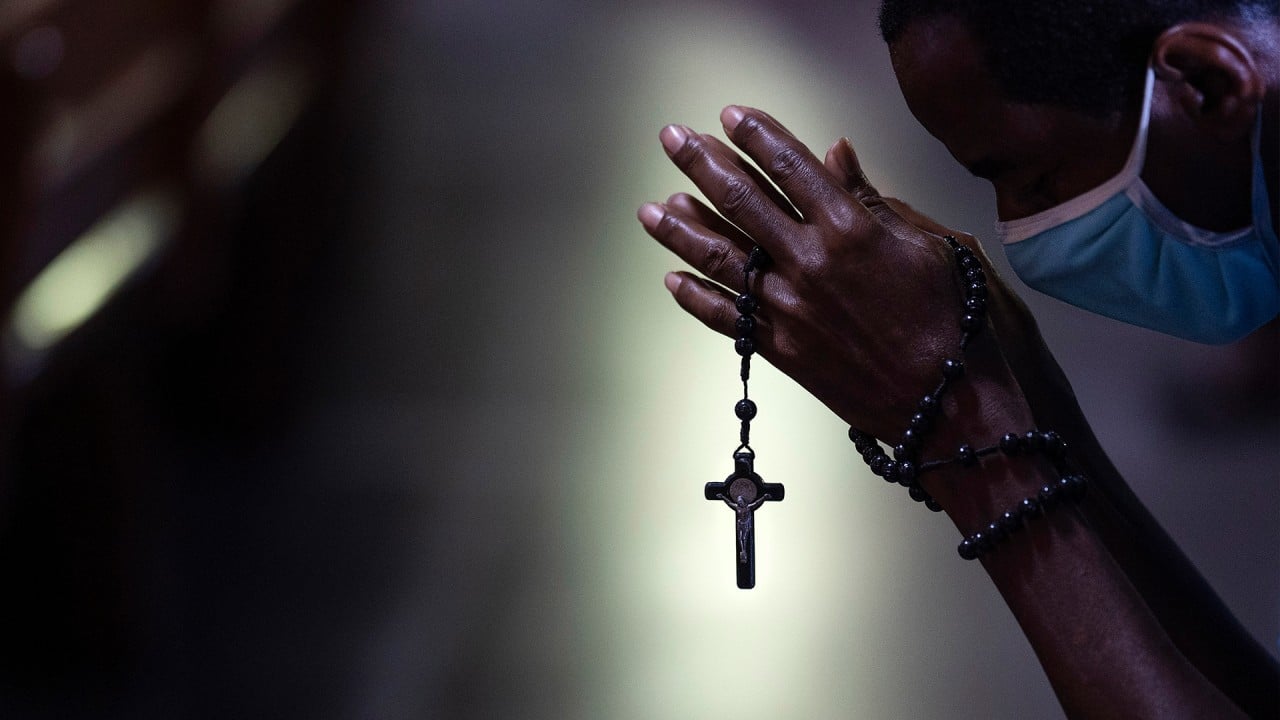
Coronavirus recovery: China a rare bright spot amid pandemic gloom
- Current forecasts show contraction on an unprecedented scale, more serious than the 2008 crash and raising chilling thoughts about the 1930s Great Depression
- Combine bankruptcies with a fall in company profits and government tax revenues are set to fall sharply just as government spending needs are set to spike
As I stare out my window across Clear Water Bay, at the hundreds out sailing, kayaking, paddleboarding or simply splashing around, my wish is that we can enjoy the pandemic lockdown while we can. The winter ahead for the global economy seems set to be bad – far worse than forecasters have warned so far.
This is contraction on an unprecedented scale, more serious than the 2008 crash and raising chilling thoughts about the 1930s Great Depression. We are moving into uncharted territory.
Guess what? Here we are, halfway through the third quarter, and there is no “V” in sight. Most economies are beginning to sense lockdowns are going to stay well into 2021. Last month, IMF deputy managing director Tao Zhang reported that “almost all our member countries are seeing their growth forecasts this year revised downward”.

07:54
Six months after WHO declared Covid-19 a public health emergency, what more do we know now?
It also warned that unlike the 2008 financial markets crash, in which 60 per cent of the world’s economies were harmed, the pandemic crash will plunge more than 90 per cent of the world’s economies into recession.
“These downturns are expected to reverse years of progress towards development goals and tip tens of millions of people back into extreme poverty,” the report said, at a time when the mistaken assumption was that lockdowns and other pandemic mitigation measures could be lifted by midyear.

02:13
Latin America leads world in coronavirus cases, with a quarter of global infections
Just as governments in these countries have no clear or accurate measures of the scale or severity of Covid-19 in their economies, so they will never deliver more than approximate measures of job losses, bankruptcies, or the impacts of poverty.
Pandemic poses toughest test yet for emerging markets
Insolvency experts Euler Hermes predicts a 23 per cent jump in insolvencies in Hong Kong in the year ahead, but other economies face even deeper solvency challenges as lockdowns drag on and taxpayer subsidies dry up. It forecasts a 35 per cent jump in insolvencies in 2021 compared to 2019, with a 57 per cent jump in the United States, 43 per cent in Britain, 40 per cent in China and 39 per cent in Singapore.
As the Financial Times’ Martin Sandbu noted last week: “We may have to learn to live with permanently higher debt and permanently higher taxes … If significant tax rises are indeed inevitable, the fight will move to where the heavier tax burden falls; which taxes go up and by how much.”
You can say these are green shoots if you wish, but it would put you in a tiny minority. As the European Commission noted in July as it predicted an 8.7 per cent contraction in the euro area this year: “The risks to the forecast are exceptionally high and mainly to the downside.”
Maybe I should join those youngsters water-sporting outside my window. They are perhaps doing the most natural thing – enjoying today and leaving our pandemic worries to another day.
David Dodwell researches and writes about global, regional and Hong Kong challenges from a Hong Kong point of view

